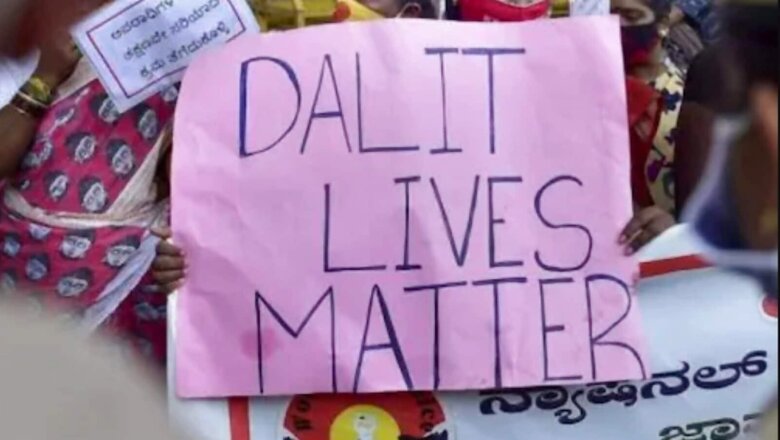
views
My earlier book called Breaking India was published a dozen years ago, and exposed the Afro-Dalit theory when it was in its infancy. This theory claims that Dalits are the Blacks of India and non-Dalits are the Whites of India, and that caste equals racism. I had explained the mechanisms of this US operated and financed project to exploit India’s social fault lines by using the American race lenses. But nobody took it seriously when that book was published. An opportunity was lost to nip in the bud the global initiative to weaponise India’s minorities.
Indians should have responded that the history of oppression points to a different conclusion: Just as Blacks were oppressed by Whites in America, in India the Hindus have been oppressed by a thousand years of colonisation, first by the Muslims and then by the Europeans. Therefore, Hindus should have taken the initiative to find common ground with Black Americans by explaining to them the tenets of Hindu culture and its history.
But because Hindu leaders ignored my warnings, the erroneous ideas got a chance to take root and prosper. Recently, a prominent Black intellectual called Isabel Wilkerson has written a book asserting that the Afro-Dalit identity is the epicentre of global victimhood. Titled, Caste: The Origins of Our Discontents, it claims that caste is not simply one of the many forms of racism. According to her, caste is the backbone, the structure on which all racism stands. The British learned caste ideas from Vedic texts and took these structures to America to create the framework for racism against Blacks. From America, this approach to stratifying societies travelled further, and spread to Europe where it led to the Nazi Holocaust of the Jews.
Wilkerson’s outlandish claim is that caste is the root cause of all racism in the world. By isolating caste as the basic architecture on which all racism anywhere in the world is established, she laid the foundation for Marxism’s latest attack on Hindu society. The argument being made is that since casteism is indelibly associated with Hinduism because of the karma theory, it can only be destroyed if Hinduism itself is dismantled.
I am sympathetic to the Dalit cause in India and to the Black cause in the US. But the problem with Wilkerson’s thesis is the American history lens she applies blindly to Dalit issues. The history of Indian social systems is far more complex and cannot be resolved using her simplistic analysis.
Had this theory been limited to academics, it might not have been so dangerous. However, Wilkerson’s theory has received a lot of publicity in American media. It is not a fringe idea in the US for she is a Pulitzer Prize winner, and her book became Number 1 on the New York Times Bestseller List. It has been widely promoted by Oprah Winfrey through her book club. It is now a central part of the Black Lives Matter movement and the new Woke social justice ideology.
It would have been in the spirit of free thinking if the mapping of Blacks to Dalits and Whites to Brahmins was presented as a theoretical “claim” and hypothesis rather than as a fact. But this is not what we are seeing. There is no attempt by the proponents of this view to invite debate. You don’t see any openness or humility among the believers of this dogma, or a desire to allow their claims to be challenged. They immediately cancel any voice offering an opposing view.
The result is that the social justice movement is turning Hinduphobic. India, that has given birth to Hinduism and where most Hindus live, is therefore, increasingly being seen as the source of global oppression.
In our recent book, Snakes in the Ganga, Vijaya Viswanathan and I talk about Wilkerson’s contribution to the far-Left discourse. We point out the many flaws in her logic as well as the factual mistakes she makes. We offer a rebuttal to the Afro-Dalit theory and also give a brief description of Indian social history. Visit: www.SnakesintheGanga.com.
The author is a researcher, writer, speaker and public intellectual on current affairs as they relate to civilisations, cross-cultural encounters, religion and science. His latest book is ‘Snakes in the Ganga’. Views expressed are personal.
Read all the Latest Opinions here

















Comments
0 comment